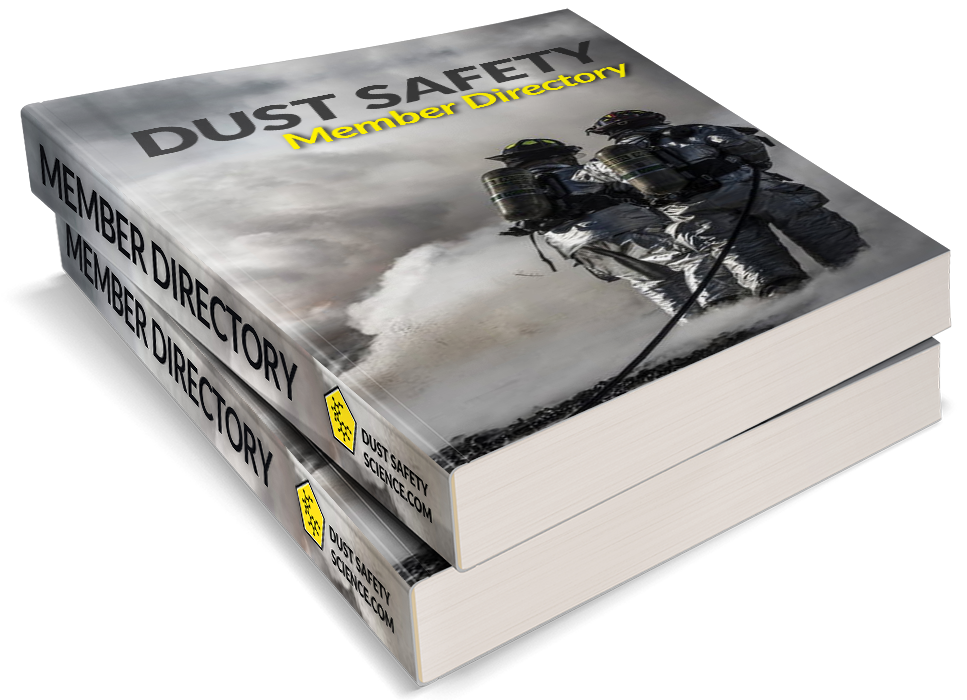1-Sentence-Summary: Explosion violence of coal dust and hybrid coal dust/methane gas explosions is increased by high coal volatility content, higher hydrogen gas yield from the coal, increased initial pressure, and increased coal pore shape factor.
Authors: Q. Li, B. Lin, H. Dai, and S. Zhao
Read in: Three Minutes
Favourite quote from the paper:

These authors perform explosion experiments for hydrogen/methane mixtures and coal/methane mixtures in the 20-L explosion chamber. Anthracite coal, bituminous coal, and lignite coal dust samples are tested with mean particle diameters of 50, 55, and 78 µm, respectively. Relatively low gas concentrations are tested in the range of 0.5-5% by volume.
The experimental tests are completed based on the ISO 6184-1 standard and use 10 kJ chemical ignitors with a 60 ms delay time. The coal dust samples are characterized using a laser diffraction analyzer for size distribution, a spontaneous combustion analyzer for hydrogen yield, and a scanning electron microscope to determine post explosion pore size distribution. The flammability limits of the hydrogen/methane mixtures are also determined using standard GB12474-2008.
Three of the main findings from this paper are:
- Higher volatility and the presence of mine gases increases the explosion severity of coal dust.
- Hydrogen yield from the coal dust may play a role in increased explosion parameters and lower explosion limits.
- Pore size distribution of the coal dust explosion residue depends on the initial volatile content
The following sections outline the main findings in more detail. The interested reader is encouraged to view the complete article at the link provided below.
Finding #1: Coal volatility and the presence of methane gas increases the dust explosion hazard in coal mines.
The testing results demonstrate that volatility is the largest factor affecting explosion violence of pure dust clouds. Out of the three coals tested the lignite had the highest explosion pressure (8.5 bar) and rate of pressure rise (260 bar/s) despite the particle size being almost double the bituminous coal. This is due to the higher volatile content of this dust.
The presence of methane gas also plays a significant role in the dust explosion parameters. The maximum hybrid rate of pressure rise rose from 100 bar/s to almost 300 bar/s with the addition of 10% methane by volume.
Finding #2: The hydrogen gas content of the coal dust may play a role in enhanced explosion severity and likelihood
The current authors used a spontaneous combustion analyzer to determine the hydrogen yield from the three coal dusts. This demonstrated that the most volatile dust also had the highest hydrogen gas yield ratio. In addition the authors demonstrated that the addition of small amounts of hydrogen had a significant effect on the explosion of methane gas. Although the values are not quantified, the addition of 1-1.5% hydrogen appears visually to greatly enhance the rate of the pressure rise curves.
The flammability limit of hydrogen/methane mixtures appears to decrease linearly with hydrogen addition. It is important to note that explosions will occur below the lower flammability limits of the fuels individually when they are mixed.
Finding #3: Coal volatility is linked to pore size distribution and ease of volatile release
The pore size of the post explosion residue for pure dust explosion was analyzed using scanning electron microscope images. This analysis demonstrated that the higher volatile coal had a more porous structure and had the presence of more regular shaped pores. The authors propose that this indicates that the higher volatile coal also more easily releases gases from its pores. They also propose that this increases the reactivity of the coal dust and leads to the higher explosion parameters.
My Personal Take-Aways From
“Explosion Characteristics of H2/CH4/Air and CH4/Coal Dust/Air Mixtures”
This paper presents interesting data related to gas and dust explosion in coal mines. Although previous literature has shown enhanced effects from methane gas addition to coal dust, the effect of the hydrogen content of the coal is worthwhile to consider.
This work is useful to anyone involved in the coal mine industry, where coal, methane, and hybrid explosions are a significant hazard. Other papers in this area may also be useful to review for those interested in the explosion hazards from these fuels (e.g., Cashdollar, 1996, Sapko et al., 2000, Liu et al, 2007, Liu et al., 2010, and Liu at al., 2011).
Full Citation: [bibtex file=references.bib key=Li2012]
[otw_shortcode_button href=”http://www.sciencedirect.com/science/article/pii/S0032591012004342″ size=”medium” icon_position=”left” shape=”square”]> > Get The Article [/otw_shortcode_button]
